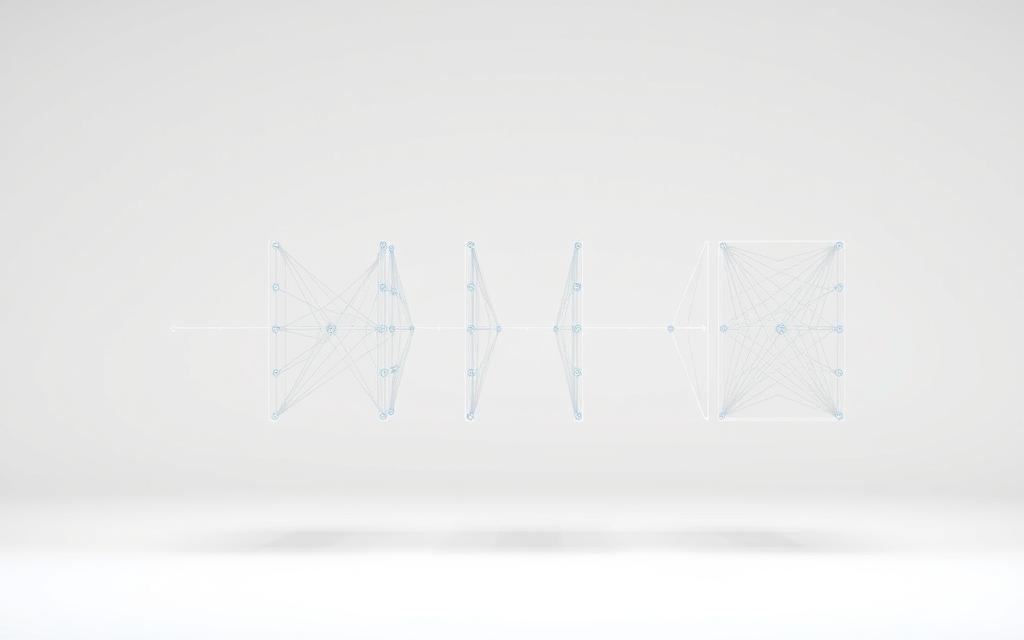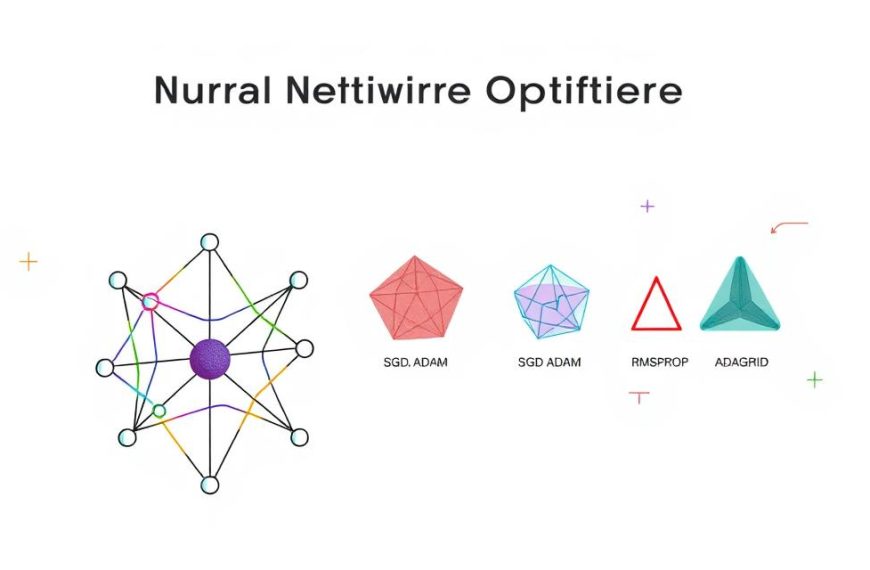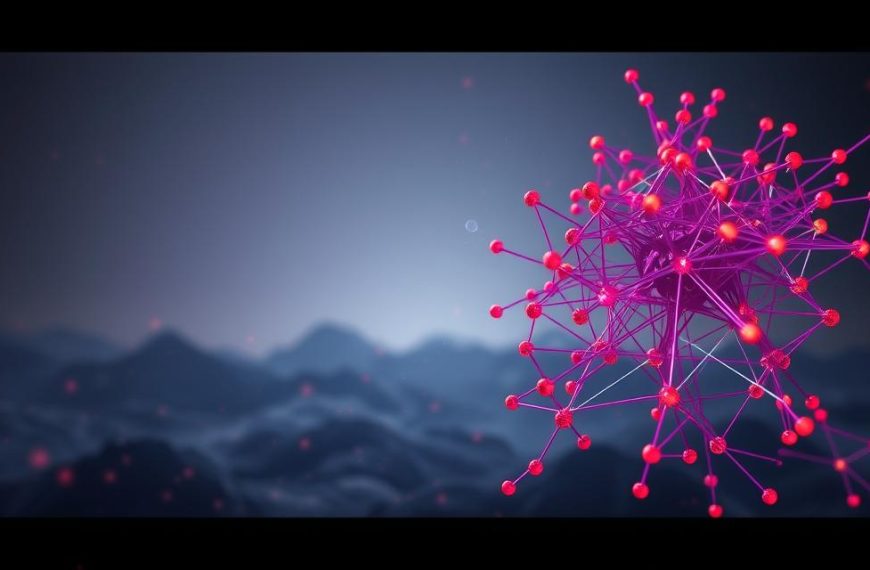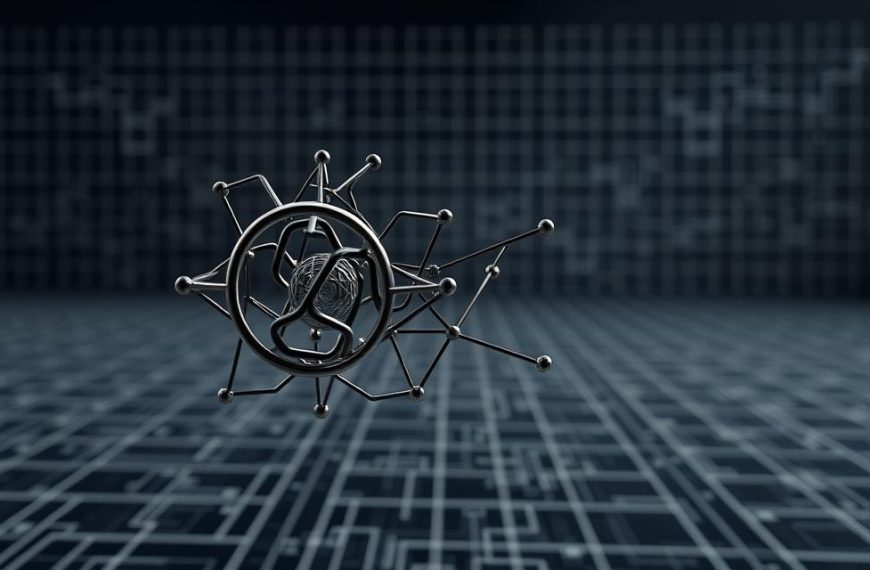In 2015, computer vision research witnessed a seismic shift when Kaiming He and colleagues unveiled their groundbreaking architecture at Microsoft Research. Their paper, “Deep Residual Learning for Image Recognition”, introduced a novel approach that revolutionised how machines process visual data. This innovation dominated the prestigious ILSVRC competition, achieving a remarkable 3.57% top-5 error rate – a record that set new standards in artificial intelligence.
Traditional deep neural networks faced a perplexing challenge: adding layers often degraded performance rather than enhancing it. The team’s solution – skip connections – enabled information to bypass layers through identity mappings. This simple yet ingenious mechanism allowed the training of previously unimaginable network depths, with some configurations exceeding 1,000 layers.
The impact extended far beyond academic circles. ResNet’s success in ImageNet detection and COCO segmentation tasks demonstrated practical superiority across multiple domains. Its framework became foundational for modern AI systems, influencing developments from medical imaging analysis to autonomous vehicle navigation.
Today, the architecture’s legacy persists through its cultural adoption in cutting-edge models. By solving the vanishing gradient problem, it paved the way for transformer-based systems like BERT and GPT. This breakthrough continues to shape how researchers approach complex pattern recognition challenges in machine learning.
Introduction to Residual Neural Networks
AlexNet’s 2012 debut marked a turning point in machine learning, achieving 63.3% top-5 accuracy in ImageNet challenges. By 2014, VGG-19 pushed boundaries with 19 convolutional layers, yet deeper architectures faced unexpected hurdles. Researchers observed perplexing performance drops when expanding beyond 30 layers – a paradox limiting progress in visual recognition systems.
Historical Context and Evolution
The quest for depth began with simple perceptrons in the 1950s, evolving through convolutional breakthroughs. Early architectures demonstrated potential:
| Model | Year | Layers | Top-5 Error |
|---|---|---|---|
| AlexNet | 2012 | 8 | 16.4% |
| VGG-19 | 2014 | 19 | 7.3% |
| ResNet-152 | 2015 | 152 | 3.57% |
This table reveals the dramatic leap enabled by residual principles. Where traditional networks plateaued, skip connections unlocked unprecedented depth.
Significance in Deep Learning and Computer Vision
The architecture’s influence extends across industries. Medical imaging systems now detect tumours with 94% accuracy using ResNet variants. Autonomous vehicles process real-time data through modified residual blocks, while manufacturers employ these models for defect detection.
Beyond visual systems, the framework reshaped natural language processing. Modern transformers integrate residual concepts, proving their universal value in gradient management and feature preservation.
What is Residual Neural Network
Revolutionary design principles transformed artificial intelligence when researchers reimagined connectivity patterns in deep learning systems. At its core lies a simple mathematical concept: H(x) = f(x) + x. This equation powers architectures that overcome historical limitations in model depth and training efficiency.
Definition and Core Concepts
The framework employs specialised building units called residual blocks. Each block contains convolutional operations alongside direct pathways that bypass intermediate processing stages. These skip connections enable:
- Efficient gradient flow during backpropagation
- Simplified learning of identity mappings
- Automatic feature preservation across layers
Traditional systems struggled with vanishing gradients as depth increased. The residual network approach solves this by letting each block focus on incremental adjustments rather than complete transformations.
Key Advantages over Traditional Neural Networks
Three critical benefits distinguish this architecture:
- Depth without degradation: Models with 100+ layers maintain accuracy
- Faster convergence: Training times reduce by 30-40% in practice
- Adaptive learning: Superfluous layers default to identity functions
Industrial applications leverage these advantages for real-time image analysis and complex pattern recognition tasks. The design’s scalability continues to influence emerging technologies across sectors.
ResNet Architecture and Design Principles
Modular design principles form the backbone of this transformative framework. Engineers construct systems through repeating units called blocks, each maintaining consistent rules for feature processing. This approach allows depth scaling while preserving computational efficiency.
Core Components: Building Blocks and Pathways
Two primary structures dominate the architecture. Basic units employ dual 3×3 convolutional layers with direct pathways:
| Block Type | Layers | Parameters | Use Case |
|---|---|---|---|
| Basic | 2x3x3 Conv | Higher | Shallow networks |
| Bottleneck | 1×1 → 3×3 →1×1 | 40% fewer | Deep variants |
Identity shortcuts merge input and output when dimensions match. For mismatched features, 1×1 convolutions adjust channel counts before addition.
Optimising Depth Through Bottlenecking
Deeper configurations like ResNet-152 use three-layer structures for efficiency. The first 1×1 convolution reduces dimensionality, while the last expands it back. This design slashes computational costs by 40% compared to basic blocks.
Architects follow strict guidelines when stacking units. Filter numbers double when halving spatial dimensions, maintaining balanced complexity. This systematic approach enables networks exceeding 1,000 layers without degradation.
Training Deep Neural Networks with ResNet
Training extremely deep architectures once posed a paradoxical challenge: adding layers beyond 30 units frequently worsened performance across both training and validation data. This degradation problem defied conventional wisdom, as deeper models theoretically possessed greater learning capacity.
Overcoming the Degradation Problem
Traditional architectures struggled with optimisation difficulties in additional layers. Even simple identity mappings became mathematically inaccessible, causing accuracy drops unrelated to overfitting. ResNet’s breakthrough emerged through bypass pathways:
- Skip connections enable learn identity functions effortlessly
- Redundant layers default to zero operations
- Deeper variants match shallower models’ baseline performance
Mitigating Vanishing and Exploding Gradients
The architecture’s design ensures robust gradient flow during backpropagation. Direct pathways maintain signal strength across hundreds of layers, unlike traditional systems where derivatives diminished exponentially.
| Challenge | Traditional Approach | ResNet Solution |
|---|---|---|
| Gradient Flow | Exponential decay | Linear propagation |
| Training Stability | Frequent divergence | Smooth convergence |
By reframing layer objectives as incremental corrections rather than complete transformations, deep neural networks achieve unprecedented scalability. This principle enables 1,000-layer configurations to outperform their 100-layer counterparts in practical applications.
ResNet Variants: ResNet-34, ResNet-50 and Beyond
Engineers face critical decisions when selecting architectures for visual recognition tasks. The ResNet family offers scalable solutions through carefully optimised configurations. Each variant balances computational demands with precision improvements, creating adaptable tools for diverse applications.
Comparative Analysis of Popular Variants
ResNet-34’s 34-layer framework established baseline efficiency at 3.6 billion FLOPs. Its two-layer blocks demonstrated how skip connections enable deeper structures without degradation. The leap to ResNet-50 introduced bottleneck designs, squeezing three convolutional operations into comparable computational budgets (3.8 billion FLOPs).
Deeper models like ResNet-152 showcase remarkable scalability. Despite 152 layers, they consume fewer resources than 19-layer VGG networks. This efficiency stems from strategic dimensionality adjustments within blocks, proving depth needn’t compromise speed.
Implications for Model Complexity and Performance
Practical deployments favour ResNet-50 for its balance of 76.0% top-1 accuracy and manageable compute needs. However, medical imaging systems often employ ResNet-101 for its finer feature extraction. Each added layer increases parameter count by 18-22%, demanding careful resource allocation.
The modular architecture allows custom configurations. Developers might combine basic and bottleneck blocks, tailoring networks to specific hardware constraints. This flexibility ensures relevance across sectors – from mobile apps to data centre installations.















